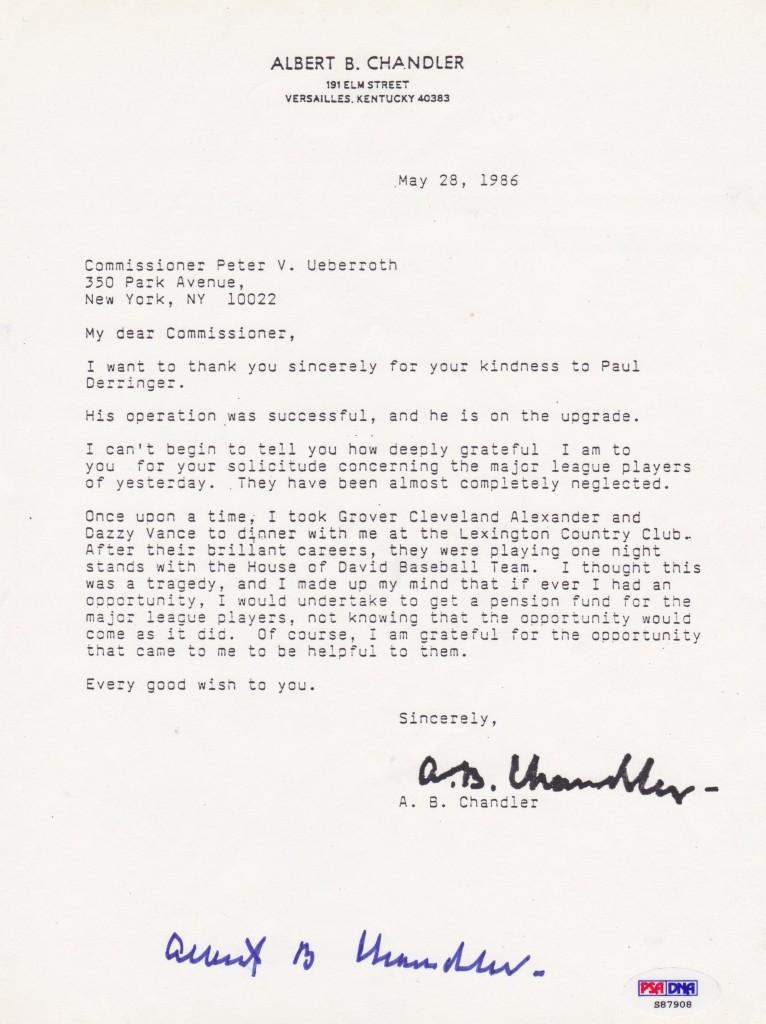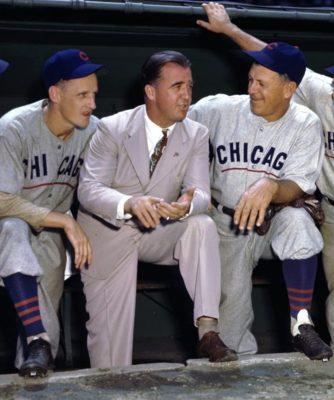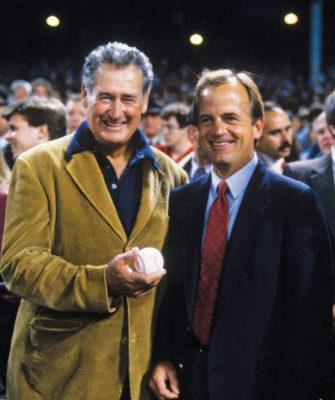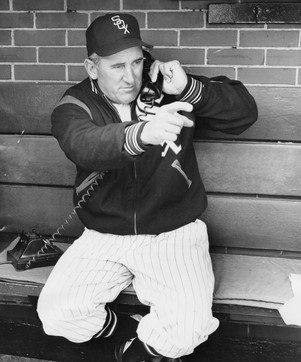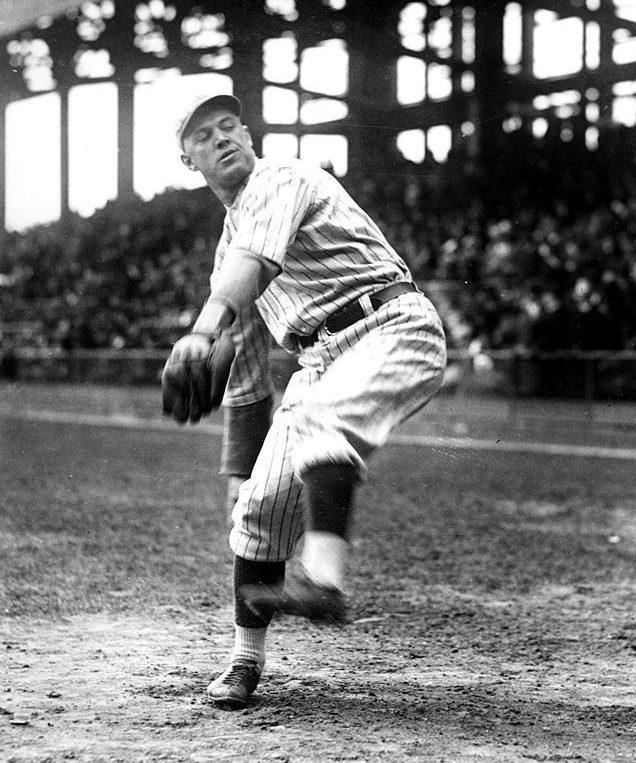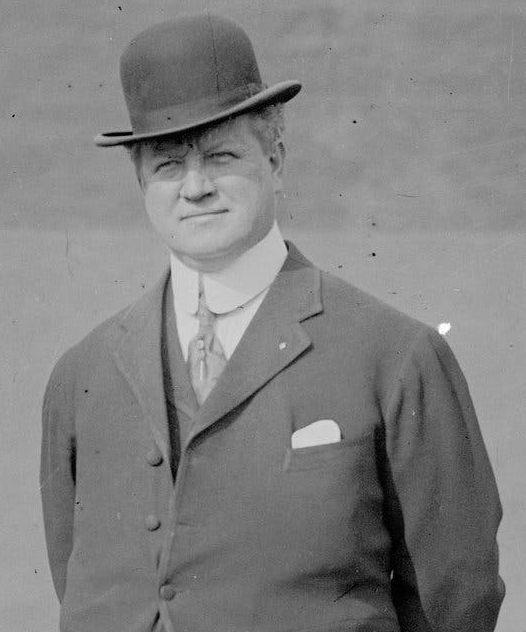Dazzy Vance
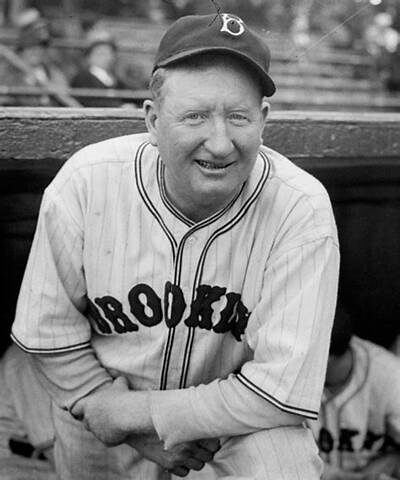
| Birthdate | 3/4/1891 |
| Death Date | 2/16/1961 |
| Debut Year | 1915 |
| Year of Induction | 1955 |
| Teams | Cardinals, Dodgers, Pirates, Yankees |
| Position | Pitcher |
Dazzy Vance made his Major League debut in 1915 but was not in the big leagues to stay until 1922 when he was 31 years of age.
Leave a commentIn the collection:
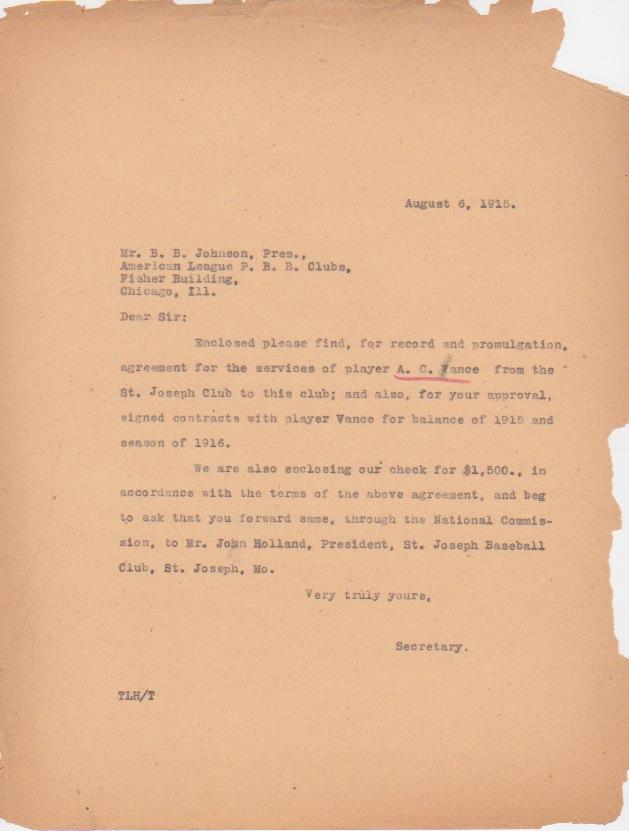
Dazzy Vance spent most of is first ten years in pro baseball in the minors
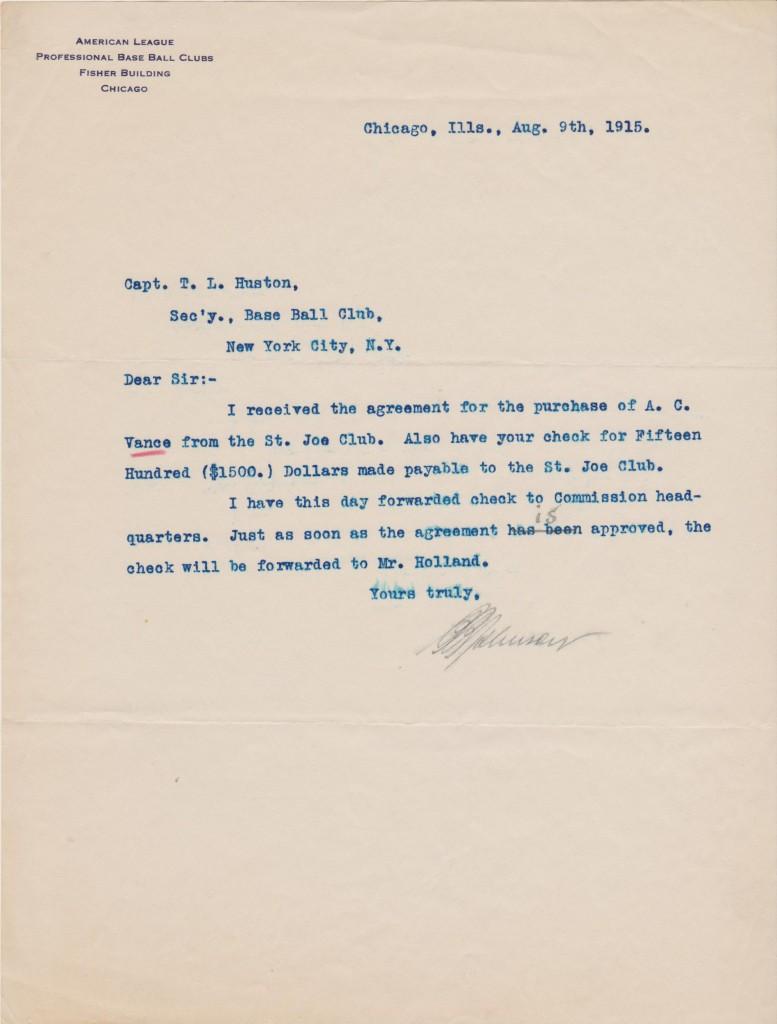
The Pirates and Yankees had Vance in their organizations before he found stardom
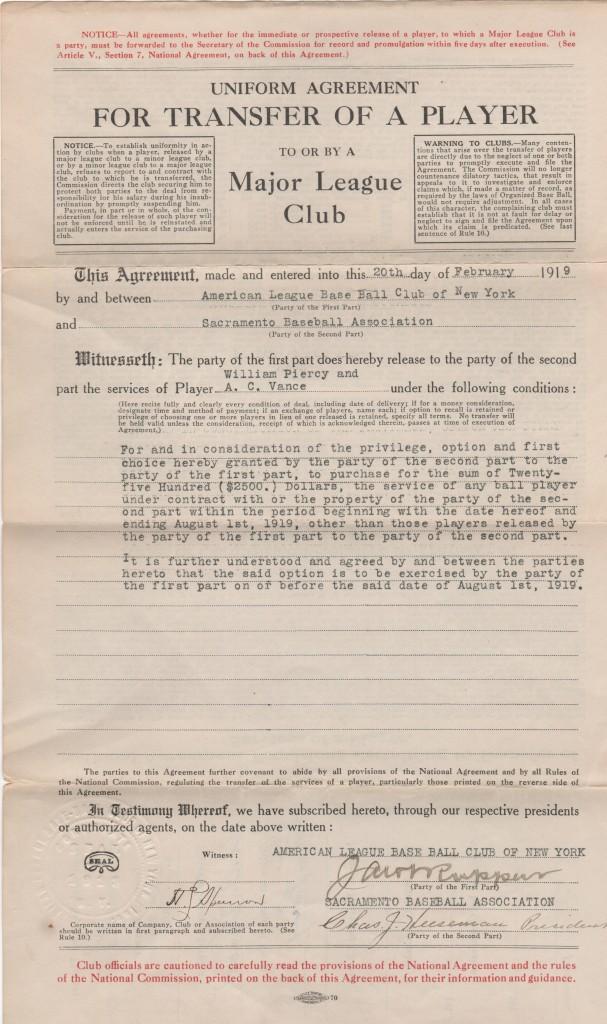
Vance went 0-3 with a 4.45 ERA with the Yankees before finding stardom in Brooklyn
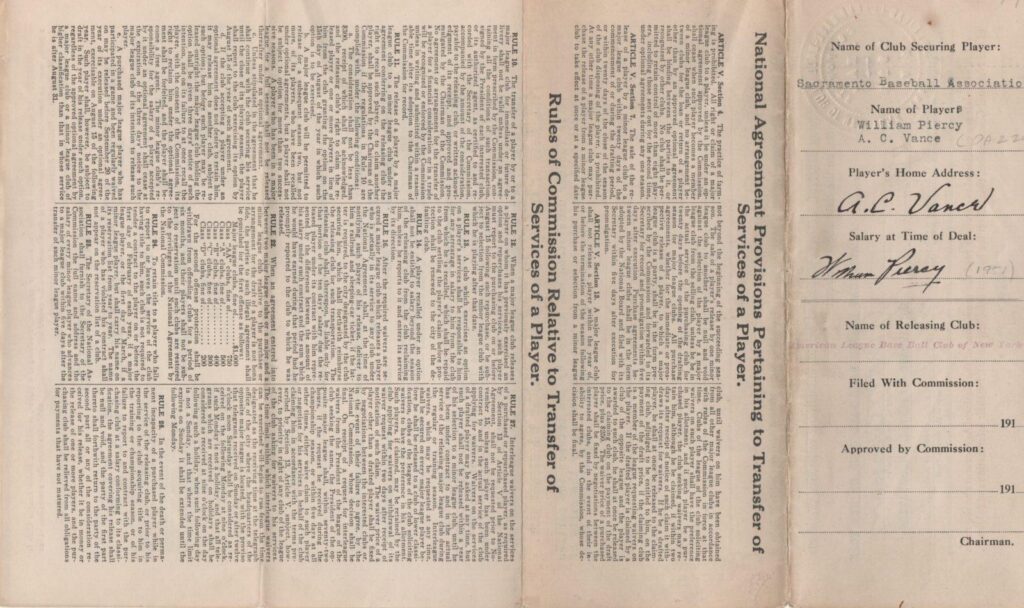
Vance didn't reach the big leagues to stay until 1922 with Brooklyn
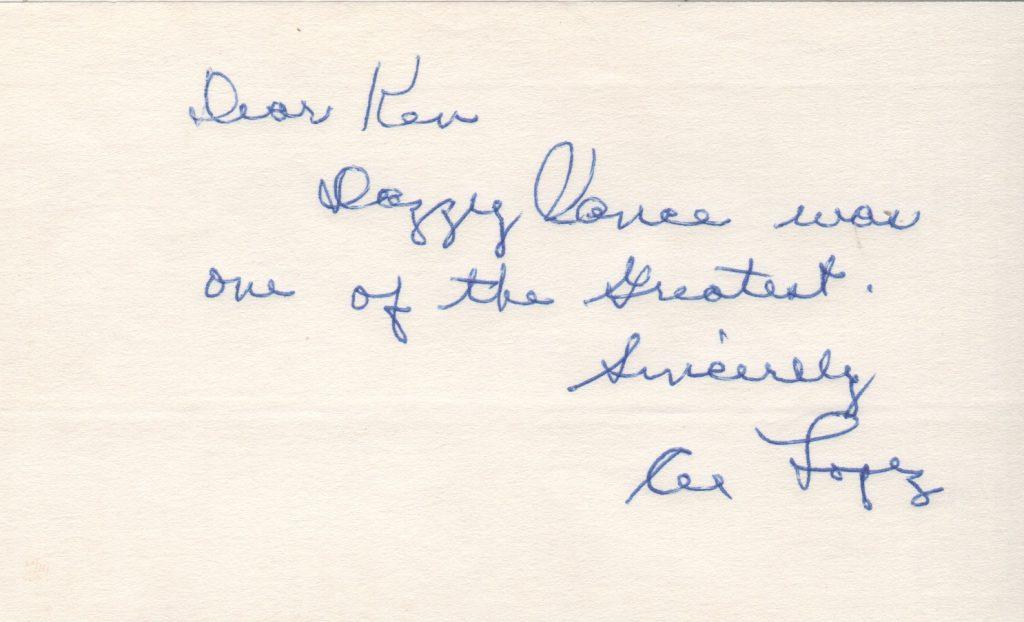
Vance found immediate stardom after he landed in Brooklyn
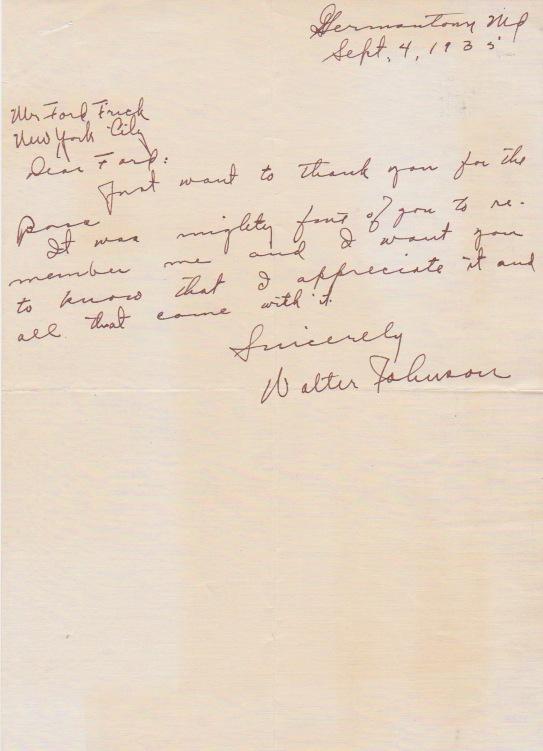
Vance earned the Triple Crown and MVP in 1924
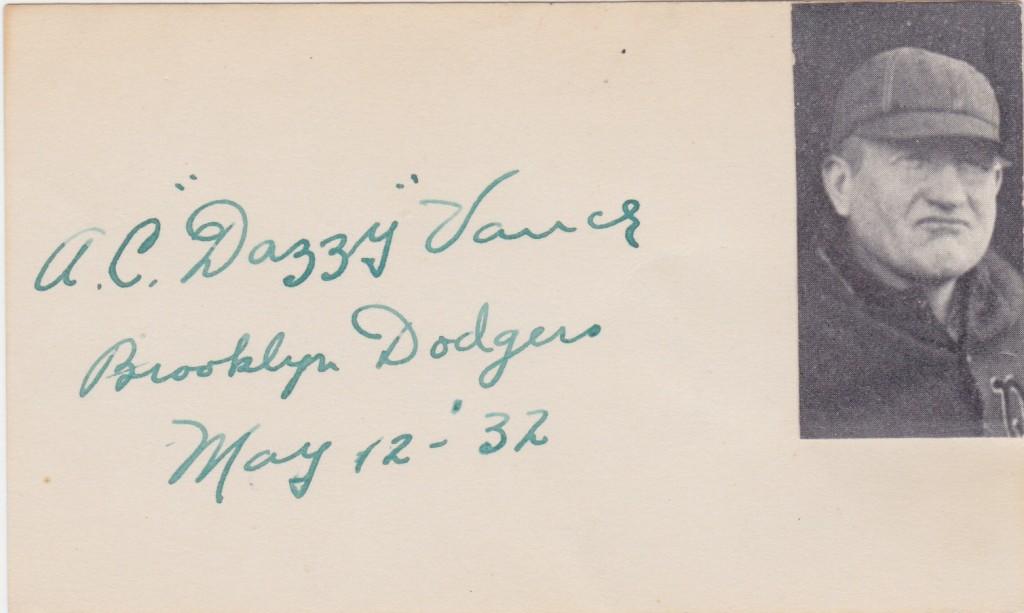
1932 was the last of Vance's twelve seasons with Brooklyn

Vance broke Nap Rucker's Dodger franchise mark for strikeouts and held it from 1928-1965
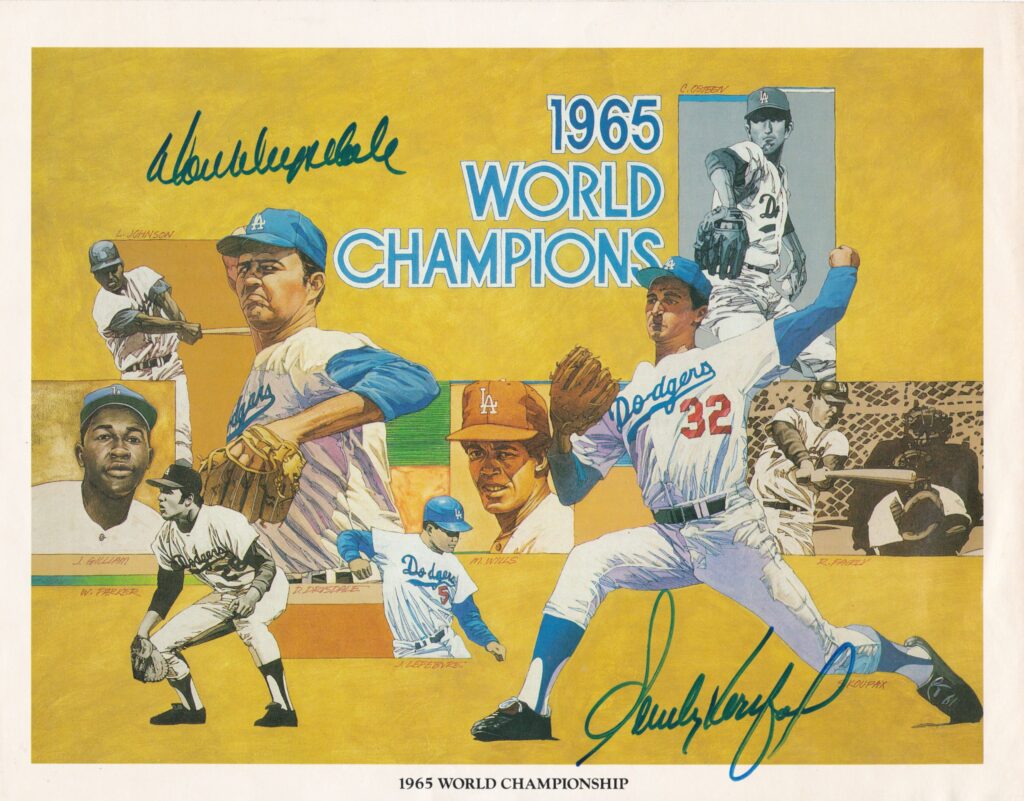
After breaking Rucker's strikeout record Vance held the mark for the remainder of his life
